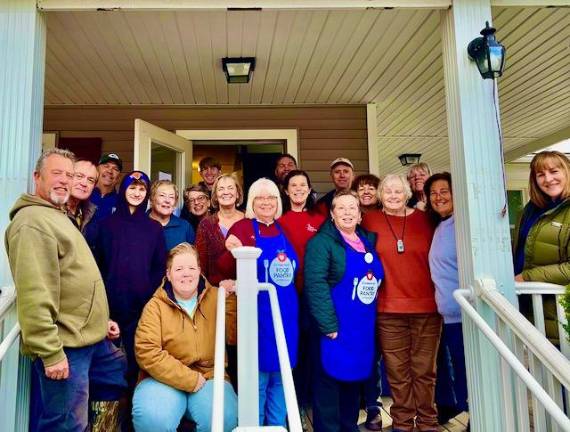Helping our hungry children: Facts about childhood food insecurity in the US

Childhood food insecurity is an extensive issue in the United States and rates have been steadily increasing over the last few years. It is defined as children who have limited resources or uncertainty over how to obtain the appropriate amount of food for a healthy, active lifestyle at any time during the year. Across America, one (child) in five does not have enough to eat. There were 47.4 million people living in food insecure households in 2024, and of those, 13.8 million were children. The rising cost of food prices and a lack of wage growth and affordable housing, which can make it difficult for families with children to afford both food and rent, added to the increase. In Pike County, 15.5% of children are affected and 32% of the Ecumenical Food Pantry recipients are children.
Impacts of childhood hunger
Research has shown that children experiencing food insecurity have poorer health outcomes and are affected physically, mentally, and socially. Inadequate nutrition can lead to many adverse health effects such as neurodevelopmental disabilities, asthma, depressive symptoms, and low academic performance. Children who may seemingly have enough to eat but lack access to healthy and nutritious food experience these unfavorable health consequences, as well. Most alarming is that lack of proper nutrition in childhood may be detrimental to an individual’s long-term economic and social success. Food insecure students are 3.5 times more likely to drop out of school than their peers.
What can be done
Food pantries, community gardens, food distribution centers, and church-run programs and charities help alleviate childhood hunger. The National School Lunch Program provides free or reduced-cost meals to kids and is available in about 100,000 schools and childcare centers. Federally funded programs such as WIC and SNAP help to address the crisis. Lastly, screening for food insecurity by healthcare providers can help connect families to resources. Caregivers might feel uncomfortable disclosing their situation to their providers, therefore posting information on healthcare organization websites, placing them on bulletin boards, and providing pamphlets can help ease discomfort.
How to help locally
The Ecumenical Food Pantry is a non-profit organization that has been in continuous operation since 1991. Every Friday, the pantry provides supplemental and emergency groceries and toiletries to residents of Pike County who are facing food insecurity. It is supported by donations by the community and is completely volunteer run. Checks can be made payable to The Food Pantry of Pike County and can be mailed to 321 5th St., Milford, PA 18337, or you can donate through the pantry’s Facebook page at facebook.com/pikefoodpanrty.
Ecumenical Food Pantry
Milford